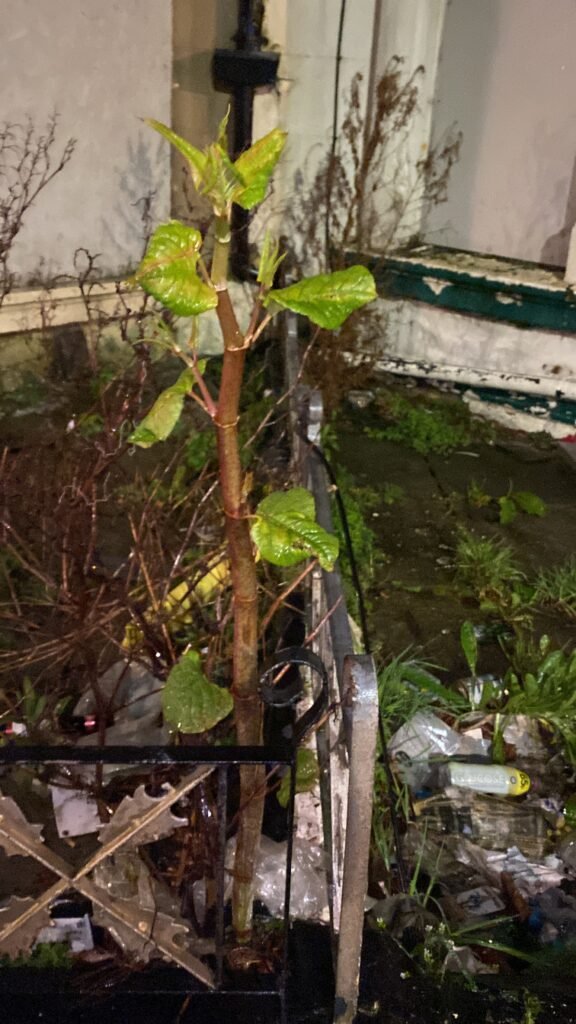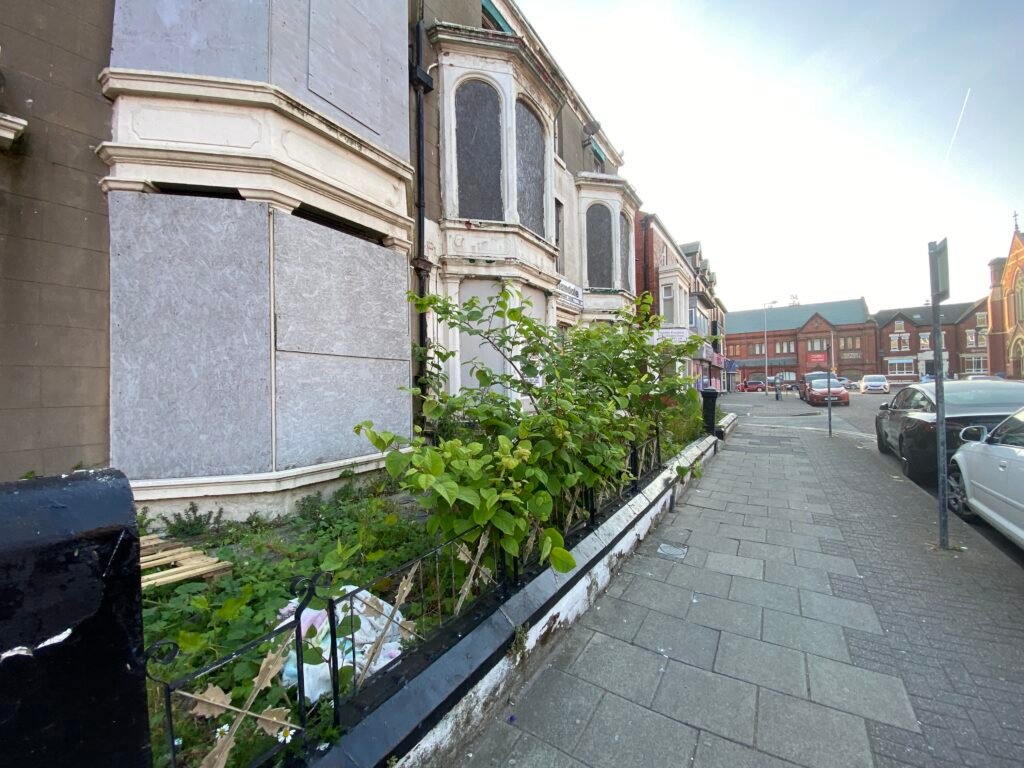Introduction: Japanese Knotweed
Japanese Knotweed, scientifically known as Fallopia japonica, is an invasive plant species that has garnered significant attention due to its detrimental effects on properties. Originating from Eastern Asia, this perennial plant has become a growing concern in the UK, posing risks to the structural integrity of buildings and impacting property prices. In this article, we will delve into what Japanese Knotweed is, the laws surrounding it in the UK, how it can affect property prices, and essential tips for identifying and dealing with this persistent plant.

- What is Japanese Knotweed? Japanese Knotweed is a fast-growing plant with bamboo-like stems, heart-shaped leaves, and clusters of white flowers. It spreads rapidly and can reach heights of up to three meters. Its aggressive growth and extensive root system can cause damage to building foundations, drainage systems, and hard surfaces.
- The Law in the UK: The presence of Japanese Knotweed is a legal concern in the UK. The Wildlife and Countryside Act 1981 classifies it as a controlled plant, making it an offense to cause it to spread in the wild. Additionally, the Anti-Social Behavior, Crime, and Policing Act 2014 introduced community protection notices to tackle the spread of knotweed on private land.
- Impact on Property Prices: Japanese Knotweed can significantly affect property prices. Lenders are often reluctant to provide mortgages on properties affected by knotweed, considering it a high-risk factor. The potential damage to a property’s structure and the cost of treatment can lead to decreased property valuations and longer selling times.
- Identifying Japanese Knotweed: Identifying Japanese Knotweed is crucial for property owners and buyers. Look out for its distinctive features: hollow stems, shield-shaped leaves, and bamboo-like growth pattern. During the summer, clusters of creamy-white flowers appear. If you suspect Japanese Knotweed, it’s essential to consult a professional for a thorough inspection and identification.
- Dealing with Japanese Knotweed: Managing Japanese Knotweed requires professional expertise. Treatment options include herbicide application, excavation and removal, and in some cases, specialized stem injection techniques. It is vital to work with qualified contractors experienced in knotweed eradication to ensure effective control and prevent regrowth.
- Additional Considerations:
- Japanese Knotweed can spread through soil and small plant fragments, making it necessary to handle and dispose of it correctly.
- Regular monitoring and maintenance are crucial to prevent knotweed re-establishment after treatment.
- Disclosing the presence of Japanese Knotweed when selling a property is a legal requirement, emphasizing the importance of managing the issue appropriately.

Conclusion: Japanese Knotweed poses significant risks to properties in the UK, impacting their structural integrity and market value. Understanding the laws surrounding knotweed and its identification is essential for property owners and potential buyers. When dealing with Japanese Knotweed, seek professional advice and consider appropriate treatment options to mitigate its impact. By addressing this invasive plant effectively, you can safeguard property investments and maintain the long-term value of your assets.

